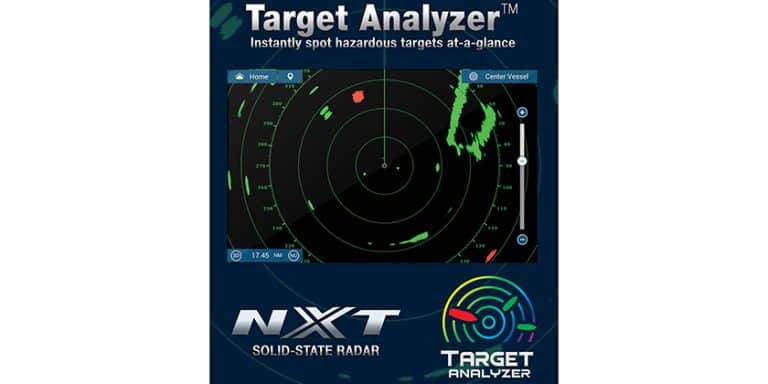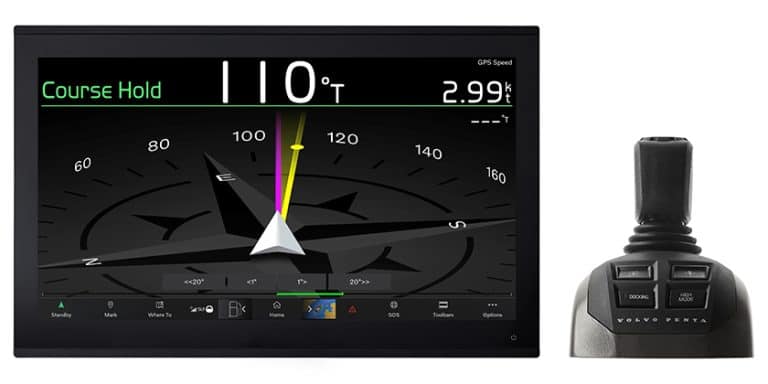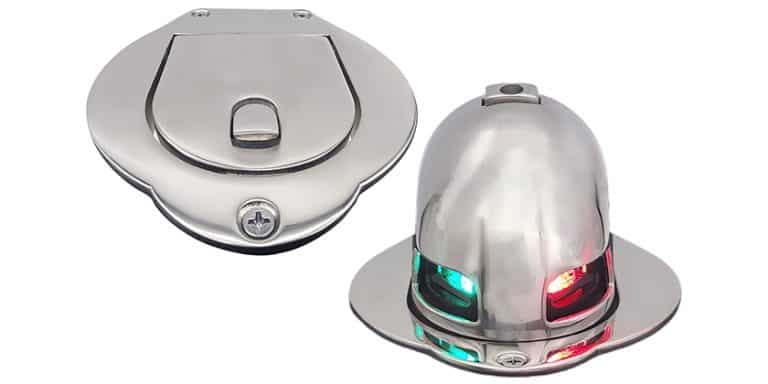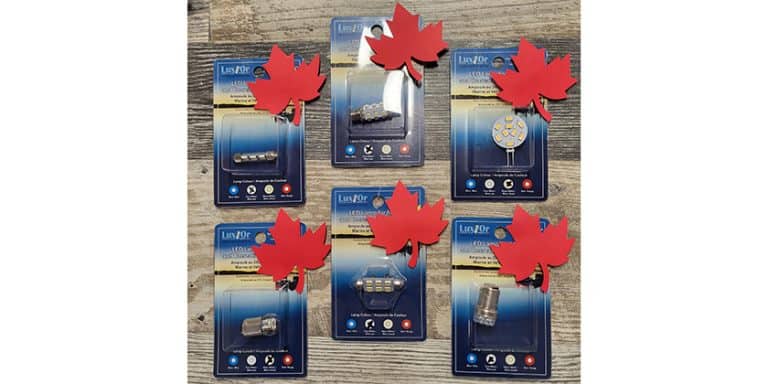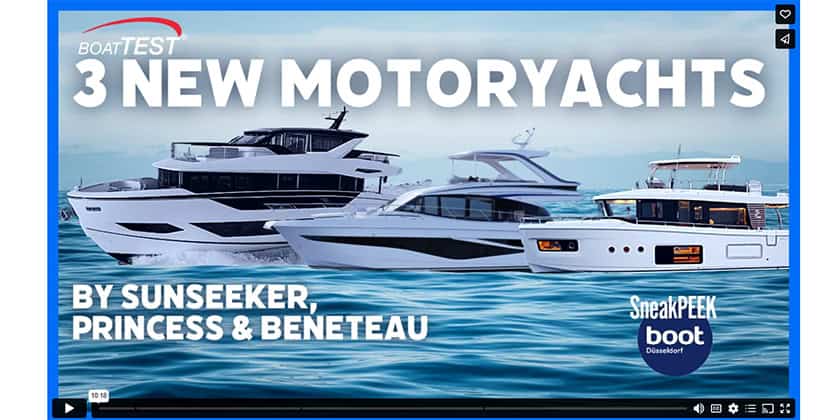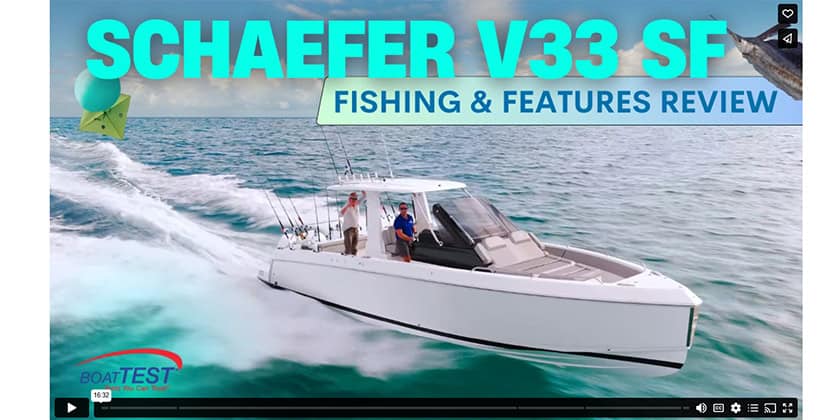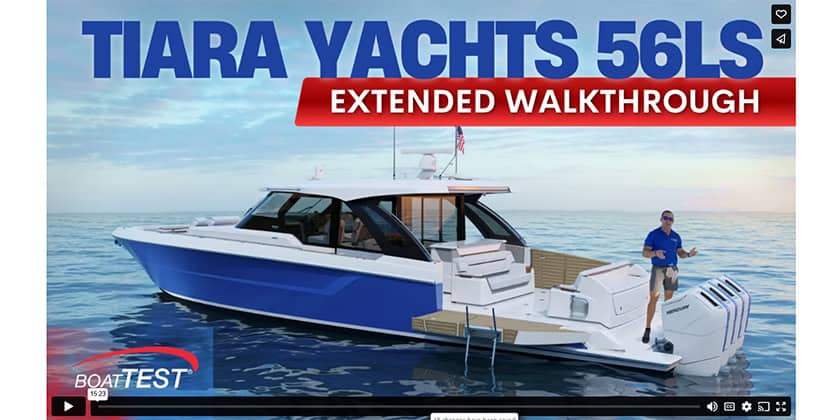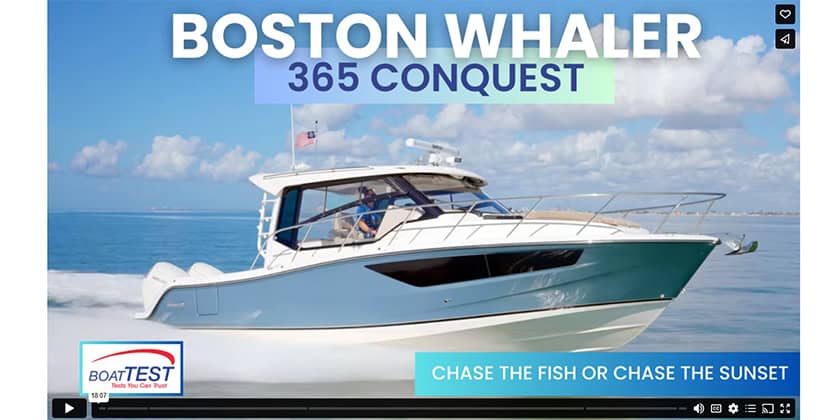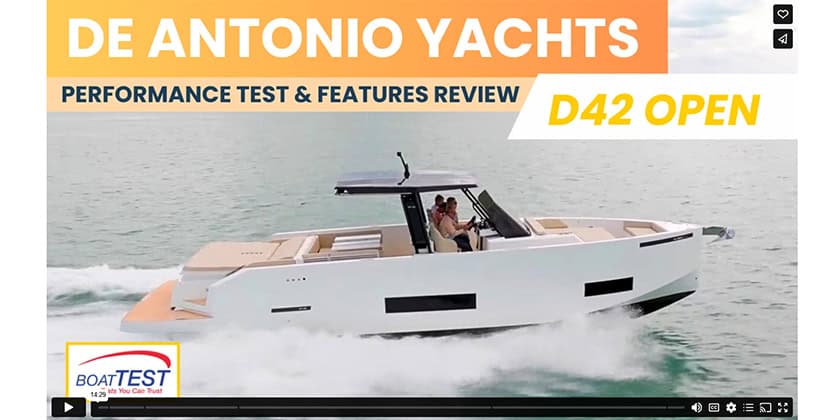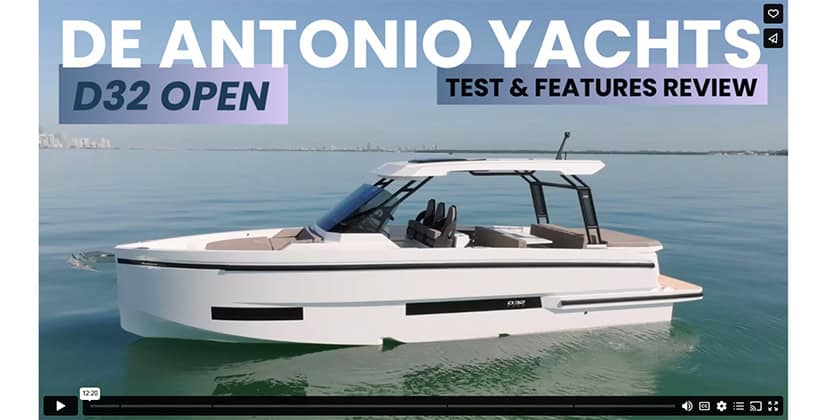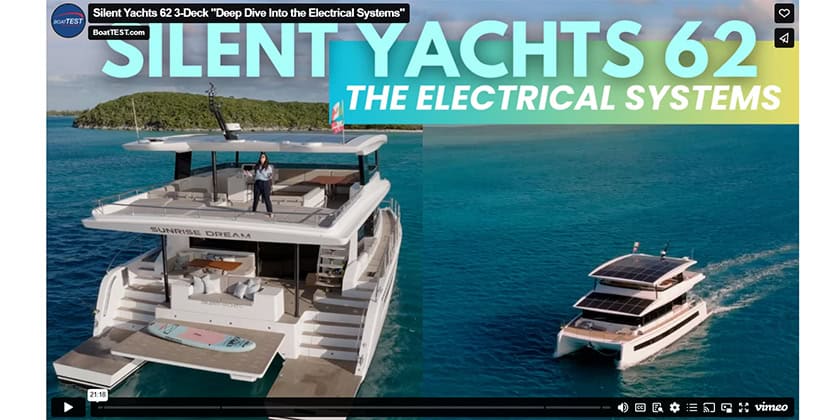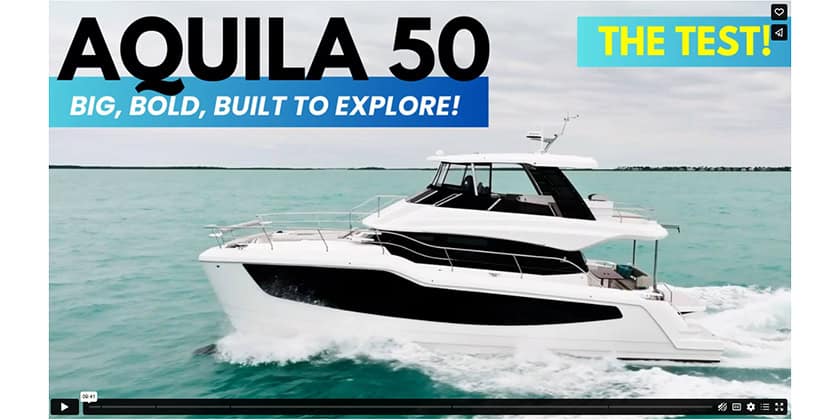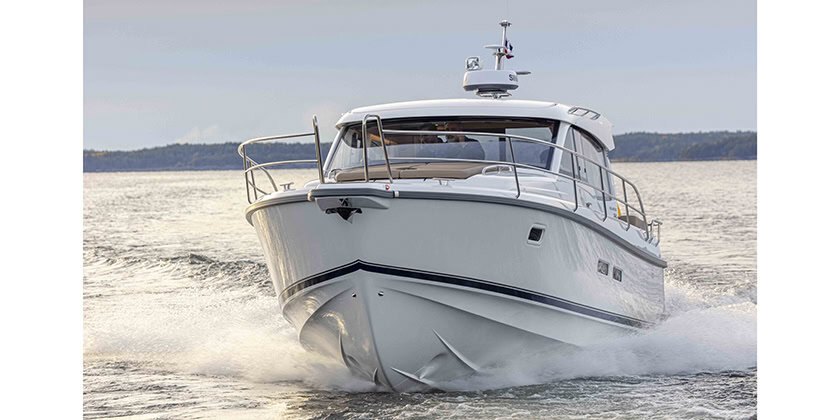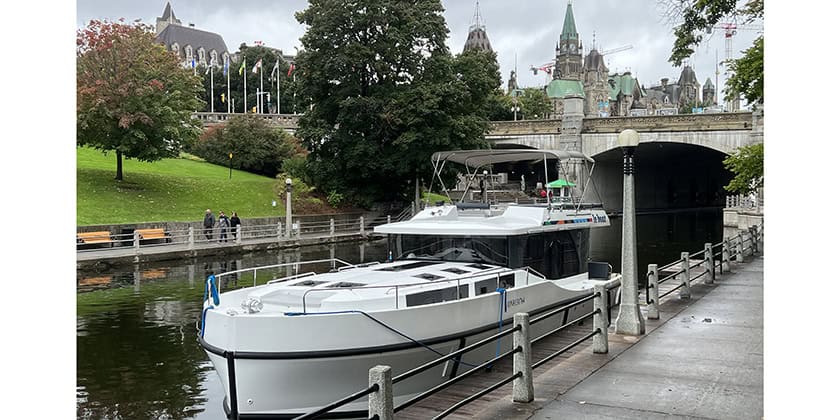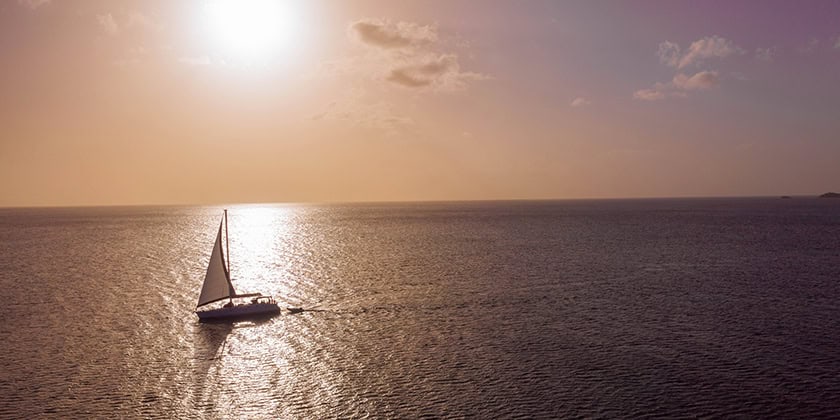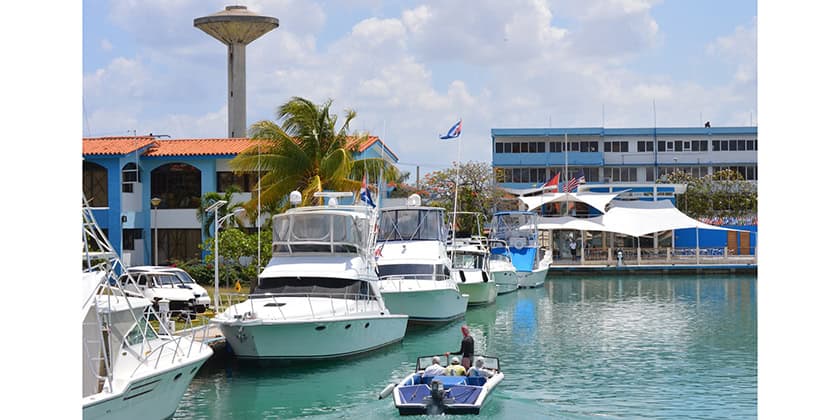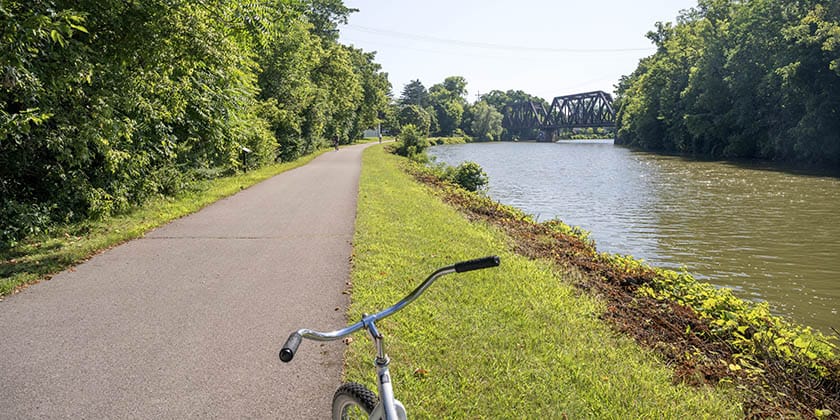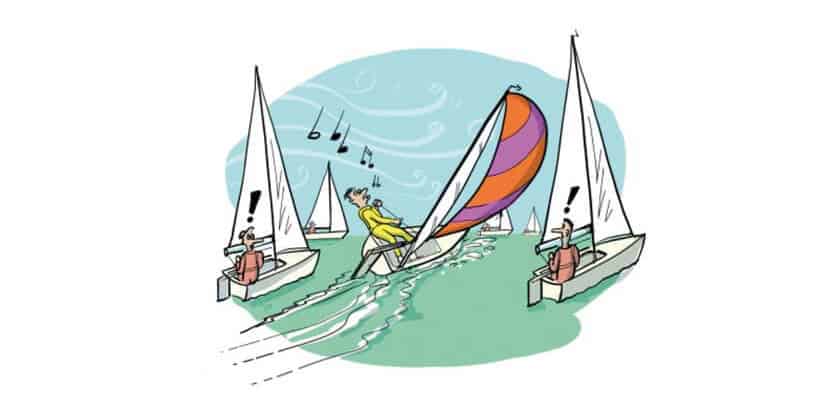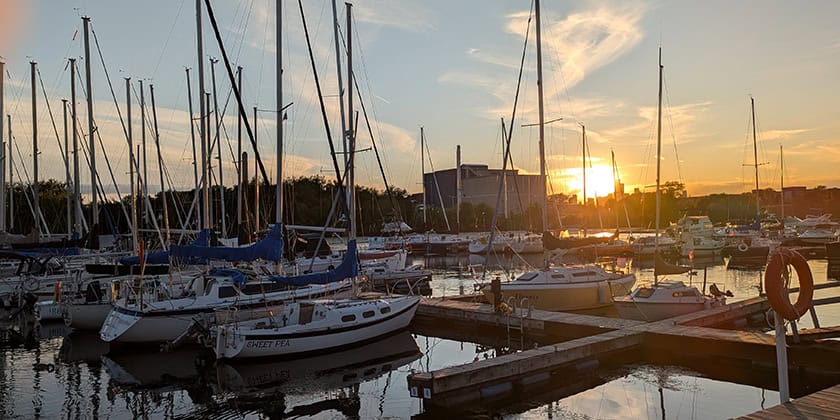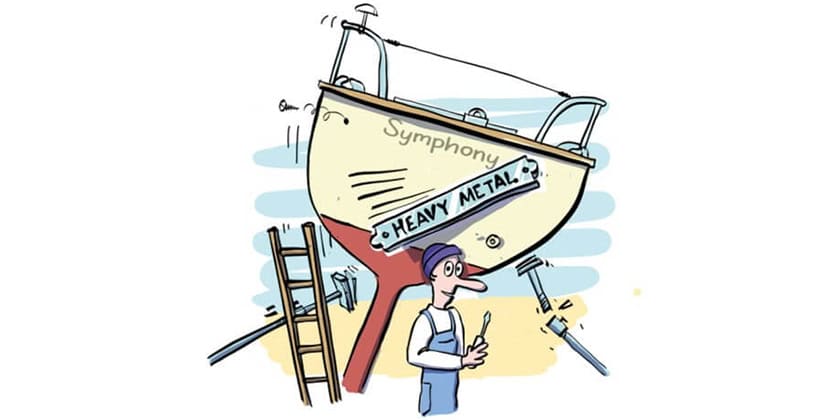Cobra Two-Way (GMRS) Radios
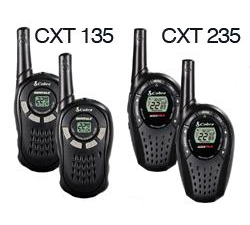
GMRS radios – often called civilian pattern – are ideal companions to marine VHF radios. Popular for many years, Cobra has introduced a new pair that impressed us and our boating companions. We have always used these products for communication between dinghy and “mother” ship or between buddy boaters who want to talk freely without using priority VHF channels. These are called “civilian” because their use requires no license and range is limited to about fifteen miles or so.
The new Cobra models, the CXT135 and CXT235, are similar in look and feel but the 235 features a full NOAA weather alert capability as well as an All Hazards audible alert feature. Both radios have rechargeable Li-ION battery packs. Advanced models in this line have a Rewind-Say-Again feature that is proving to be popular safety feature on their marine VHF radio line. This feature repeats the last 15 seconds of any radio call to allow full hearing and understanding of an important call that might otherwise be missed.
The CXT 135 retails for about $50 while the more powerful CXT 235 is suggested retail priced at about $60.00.

